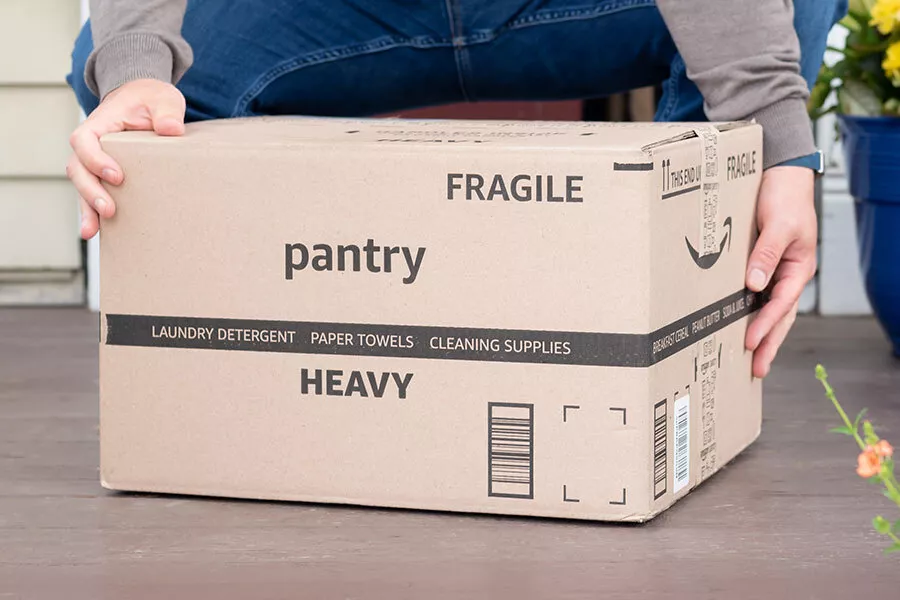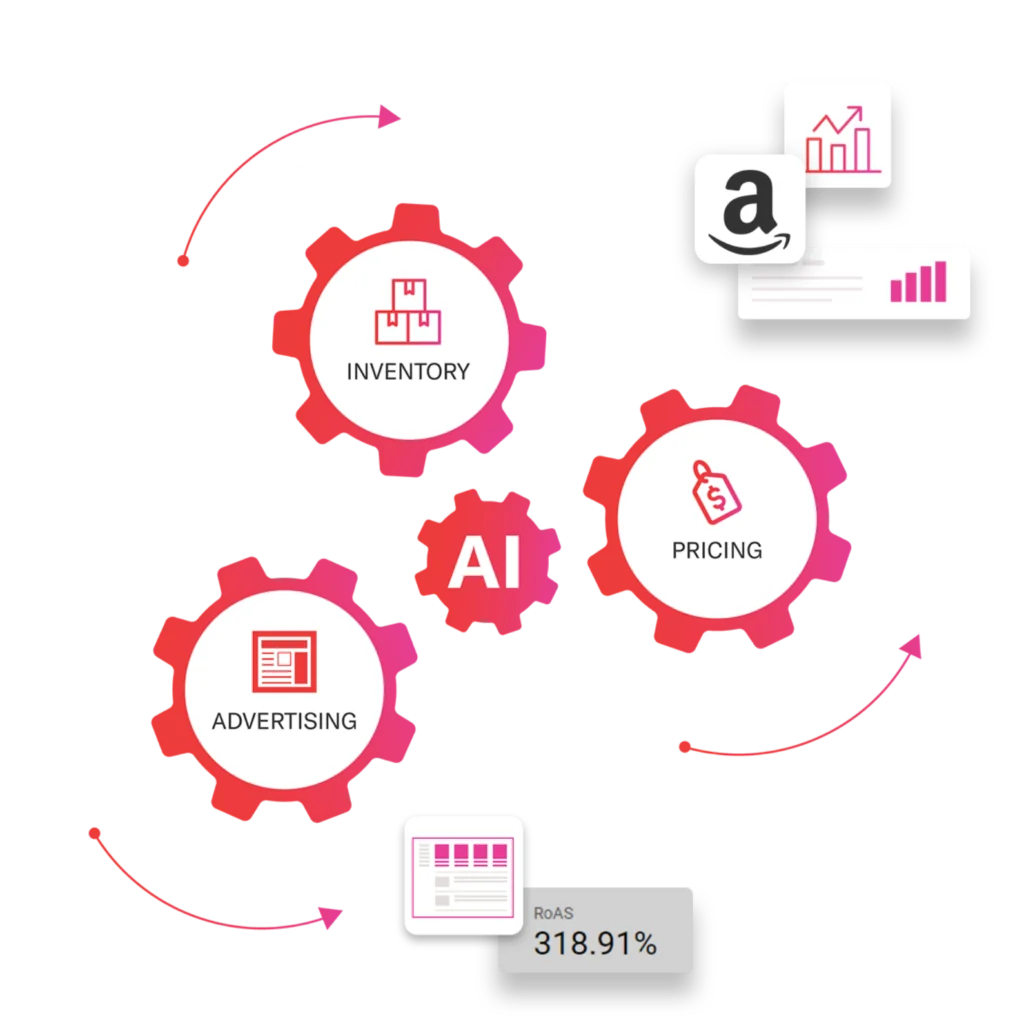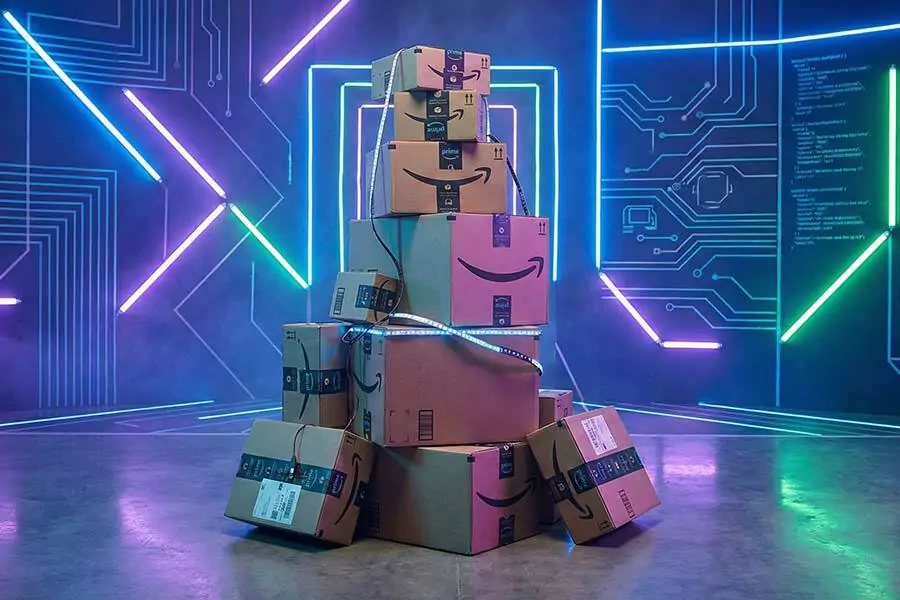
Categories
Latest Posts
Tags
Advertising Amazon Amazon Advertising Amazon Experts Amazon Listing Optimization Amazon Marketplace Amazon News Amazon Prime Amazon Professional Sellers Summit Amazon Seller amazon sellers Amazon Seller Tips Amazon Seller Tools ASIN Brand Management Brands Buy Box Campaign Manager Conference COVID-19 downloadable Dynamic Pricing Ecommerce FBA FBM Holiday Season industry news Multi-Channel Fulfillment Optimize pay-per-click Pricing Algorithm Pricing Software Private Label Profits Repricing Repricing Software Revenue Sales Seller Seller-Fulfilled Prime Seller Performance Metrics SEO SKU Sponsored Products Ads Strategy
Get the latest insights right in your inbox
Resource | Blog

Amazon Shutters Prime Pantry Service
Learn how the rise in fast online grocery deliveries may have contributed to the end of the pantry delivery service.

Catherine Ibarra
Catherine Ibarra is a marketing consultant at Feedvisor, where she contributes to the company's content marketing initiatives. She has a technology background.
Amazon has recently shuttered Prime Pantry, a delivery service of pantry essentials and household products. Amazon moved thousands of items that were previously available under the Prime Pantry banner to its main marketplace once the program was discontinued on Wednesday, Jan. 6.
Prime Pantry launched in 2014 as one of the retailer’s early forays into the online grocery delivery market. The Prime Pantry service offered a selection of shelf-stable food and cleaning products and enabled customers to stock up on items that would have typically been expensive to ship individually into a single large box for a flat delivery fee of $5.99.
The pantry service was initially exclusive to Amazon Prime members, but the retailer in 2018 introduced a separate, standalone subscription service for Prime Pantry at $5 per month. The subscription service was intended for non-Prime members who were interested in receiving bulk shipments of pantry goods and household products.
Amazon notified Prime Pantry customers who were paying a monthly service fee that the program was shutting down in Dec. 2020 and were subsequently issued refunds.
Why Did Amazon Shutter Prime Pantry?
Amazon announced it discontinued its Prime Pantry service to offer consumers faster shipping for non-perishable pantry goods and household products without a subscription.
An Amazon representative said, “As part of our commitment to delivering the best possible customer experience, we have decided to transfer Amazon Pantry selection to the main Amazon.com store so customers can get everyday household products faster, without an extra subscription or purchase requirement.”
Fast Online Grocery Deliveries
The adoption of purchasing groceries online has risen drastically due to the COVID-19 pandemic. During Prime Day in 2020, the Grocery and Gourmet category was the second category to generate the most sales on Amazon.com, per Feedvisor data. Prime Day sales of Grocery and Gourmet were up 23% on the first day and 26% on the second day compared to Prime Day in 2019.
Amazon currently offers its Prime members grocery deliveries from Amazon Fresh and Prime Now, which provides deliveries within a two-hour time frame. Consumers can get free deliveries for both services if they meet the $35 threshold. Amazon’s investment in its grocery offerings helps the retailer better compete with Walmart, the largest grocer in the United States. Walmart+ also offers two-hour grocery deliveries at the same rate as Amazon Prime.
The shift toward fast online grocery deliveries may have been a factor in Amazon’s decision to shutter Prime Pantry. Since more consumers have been purchasing groceries from Amazon and utilizing its two-hour delivery service, it is not surprising that the retailer may prefer to build out its fast grocery delivery services instead of bulk deliveries that shoppers will order from time to time. Amazon including all of its pantry goods and household products on its main marketplace may be a more strategic move for the retailer.





